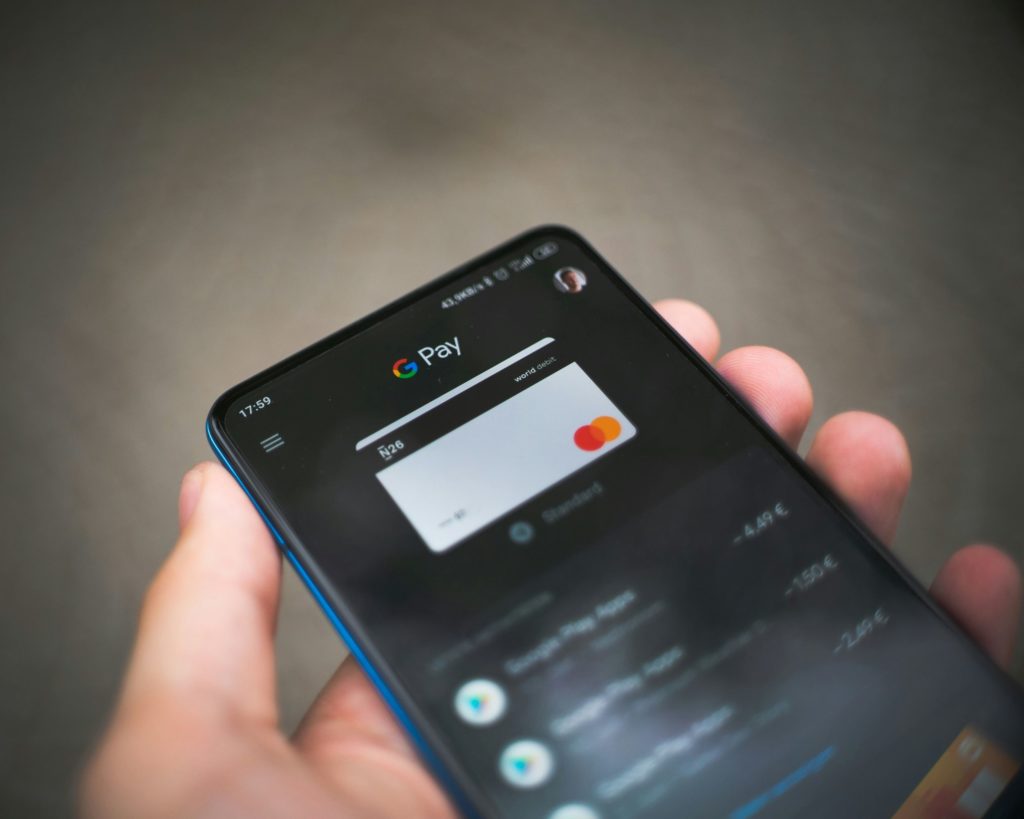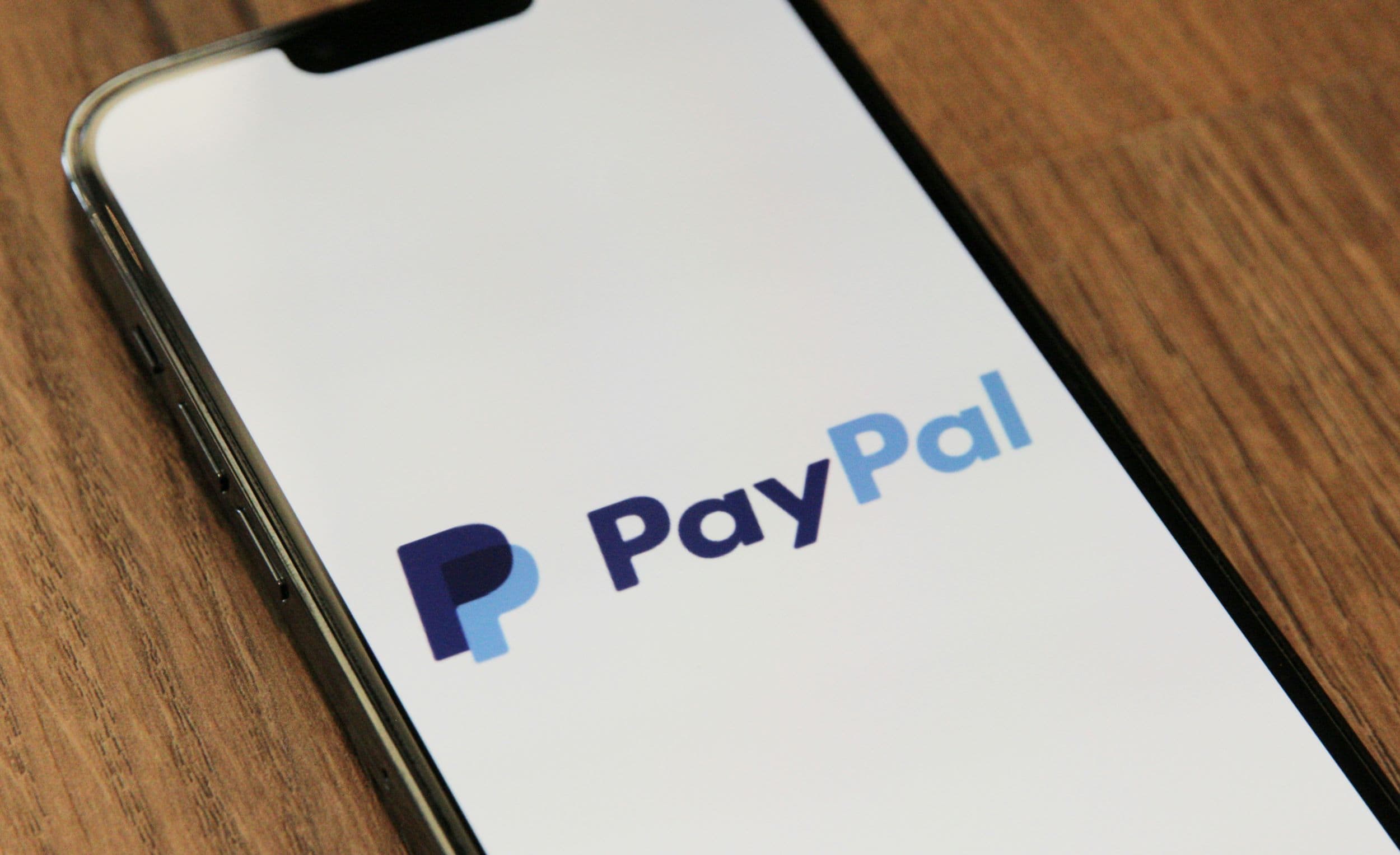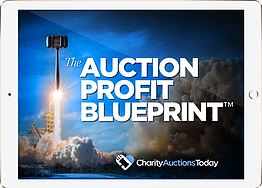DOWNLOAD The Auction Profit Blueprint
The 4 tools BIG organizations use every time to skyrocket auction profits!
The Step-By-Step Guide to stop leaving thousands on the table.
Get a handle on nonprofit payment processing before you commit to one. CharityAuctionsToday offers tips on what to look for in a payment processing partner.

In the world of nonprofits, every dollar counts.
Efficient and secure payment processing is a crucial part of this equation.
Nonprofit payment processing is more than just a means to an end. It’s a tool that can enhance donor experience, streamline operations, and even boost fundraising efforts.
But navigating the landscape of payment processors, online giving trends, and payment solutions can be daunting.
This article aims to demystify the basics of nonprofit payment processing. We’ll explore the best payment processors for nonprofits, delve into the world of online giving, and examine various payment solutions tailored for the unique needs of nonprofits.
Whether you’re a nonprofit leader, a financial officer, or a fundraising coordinator, this guide will provide you with valuable insights to help your organization thrive.
Let’s dive in and understand the basics of nonprofit payment processing.
Nonprofit payment processing is the backbone of any fundraising strategy. It’s the mechanism that allows organizations to receive donations from supporters, both locally and globally.
In today’s digital age, a robust and reliable payment processing system is no longer a luxury, but a necessity. It enables nonprofits to accept donations online, process recurring gifts, and provide a seamless giving experience to donors.
Moreover, a good payment processing system can provide valuable data. This data can help nonprofits understand donor behavior, track fundraising progress, and make informed decisions. In essence, nonprofit payment processing is not just about transactions, it’s about building relationships and driving mission success.
Nonprofits face unique challenges when it comes to payment processing. One of the main issues is the cost. High transaction fees can eat into the funds raised, reducing the amount that goes directly towards the cause.
Another challenge is the need for diverse payment options. Donors come from various backgrounds and prefer different methods of giving. Nonprofits must accommodate these preferences to facilitate easy giving and increase donations.
Lastly, security is a significant concern. Nonprofits handle sensitive donor information during transactions. They must ensure this data is protected to maintain donor trust and comply with regulations. Overcoming these challenges requires a thorough understanding of nonprofit payment processing and the selection of the right tools and partners.
Choosing the right payment processor is crucial for nonprofits. The ideal processor should cater to the unique needs of the organization and its donors. It should also be cost-effective, considering the budget constraints many nonprofits face.
The best payment processors for nonprofits offer a range of features. These include diverse payment options, robust security measures, and user-friendly interfaces. They also provide tools for donation tracking and reporting, which are essential for financial transparency.
When selecting a payment processor, nonprofits should consider their specific requirements. For instance, an organization that receives a lot of international donations might need a processor that supports multiple currencies. Similarly, a nonprofit with a large number of recurring donors might benefit from a processor that offers automated recurring payments.
Here are some factors to consider when choosing a payment processor:
When evaluating payment processors, there are several key features to look for. First and foremost, the processor should support the payment methods your donors prefer. This could include credit cards, ACH transfers, mobile payments, and more.
Security is another crucial feature. The processor should comply with PCI standards and offer fraud prevention measures. This not only protects your organization but also reassures your donors that their information is safe.
Ease of use is also important. Both your team and your donors should find the processor easy to use. A complicated system could discourage donations and create extra work for your staff.
Finally, consider the processor’s reporting capabilities. Detailed reports can provide valuable insights into your donations and help you make informed decisions.
When comparing payment processors, it’s helpful to look at both their features and their costs. Some processors may offer lower transaction fees but lack essential features. Others might have all the features you need but come with high costs.
Consider the following when comparing processors:
Remember, the best payment processor for your nonprofit is the one that meets your specific needs and fits within your budget. It’s worth taking the time to research and compare different options before making a decision.
Many nonprofits assume that Venmo and PayPal can cover most of their payment processing needs. In fact, these processors might not be the most cost effective or efficient options: instead, they are simply the ones most people are familiar with.
Online giving has become a significant part of nonprofit fundraising. It offers convenience for donors and allows nonprofits to reach a wider audience. As technology evolves, so do the trends and tools in online giving.
One trend is the rise of social media fundraising. Platforms like Facebook and Instagram now offer tools for nonprofits to collect donations directly within their apps. This makes giving as easy as a few clicks, increasing the likelihood of impulse donations.

by Marques Thomas, Unsplash
Another trend is the use of data analytics in fundraising. Nonprofits can use data from their online giving platforms to understand donor behavior and tailor their fundraising strategies accordingly. This can lead to more effective campaigns and higher donation amounts.
Finally, there’s the trend of integrating online giving with other systems. This can streamline operations and provide a more seamless experience for both the nonprofit and the donor.
Mobile and contactless payments are becoming increasingly popular in the nonprofit sector. They offer a quick and convenient way for donors to give, which can boost donation rates.
Mobile giving, in particular, is on the rise. Many donors now prefer to give using their smartphones or tablets. This means nonprofits need to ensure their donation pages are mobile-friendly and that they offer mobile payment options.
Contactless payments, such as Apple Pay and Google Pay, are also gaining traction. These methods allow donors to give without having to enter their card details, making the process faster and more convenient.
Recurring donations can play a significant role in donor retention. When donors set up a recurring donation, they commit to supporting your nonprofit on a regular basis. This can provide a steady stream of income and help build long-term relationships with donors.
Many payment processors offer tools to facilitate recurring donations. These tools can automate the process, making it easy for donors to set up and manage their recurring donations. They can also send reminders to donors about upcoming payments, helping to prevent failed transactions.
Nonprofits should consider promoting recurring donations in their fundraising campaigns. This can be done through their donation forms, email communications, and social media posts. By making it easy for donors to give regularly, nonprofits can increase their donor retention rates and secure more consistent funding.
Payment solutions play a crucial role in enhancing the donor experience. A smooth, user-friendly payment process can encourage donors to complete their donations and even give again in the future.
Nonprofits should consider the donor’s perspective when choosing their payment solutions. This includes factors like the ease of use, the variety of payment methods offered, and the security of the transaction.
Additionally, nonprofits should consider how their payment solutions can support their overall fundraising strategies. For example, offering options for recurring donations can help build long-term relationships with donors.
Donation forms are a key component of the donation process. A well-designed form can make it easy for donors to give, increasing the likelihood of completed donations.
The form should be simple and straightforward, asking only for necessary information. Too many fields can overwhelm donors and lead to abandoned donations.
The form should also be mobile-friendly, as many donors now give using their smartphones or tablets. This means the form should be easy to navigate and fill out on a small screen.
Integration with fundraising platforms can streamline the donation process and provide a more seamless experience for donors. This can include integration with social media platforms, email marketing tools, and donor management systems.
For example, integration with social media platforms can allow donors to give directly from a nonprofit’s social media page. This can make giving more convenient and increase the likelihood of impulse donations.
Integration with email marketing tools can allow nonprofits to send personalized donation requests and thank you messages. This can help build relationships with donors and encourage repeat donations.
Security is a top concern in nonprofit payment processing. Donors need to trust that their personal and financial information is safe when they make a donation.
Nonprofits must adhere to various compliance standards to ensure this security. These standards include the Payment Card Industry Data Security Standard (PCI DSS), which applies to all organizations that handle credit card information.
Noncompliance can lead to penalties and damage to the nonprofit’s reputation. Therefore, it’s crucial for nonprofits to understand and meet these standards.
PCI compliance is a set of requirements designed to ensure that all companies that process, store, or transmit credit card information maintain a secure environment.
The PCI DSS is a global standard and is enforced by the major credit card companies. It includes requirements for security management, policies, procedures, network architecture, software design, and other critical protective measures.
Nonprofits must ensure that their payment processors are PCI compliant. This not only protects the organization from penalties but also reassures donors that their information is secure.
Fraud prevention is another critical aspect of nonprofit payment processing. Nonprofits must take steps to prevent fraudulent transactions, which can lead to financial losses and damage to the organization’s reputation.
This includes implementing secure payment gateways, using encryption to protect data, and regularly monitoring transactions for suspicious activity.
Data security also involves protecting the personal information of donors. Nonprofits must comply with data protection laws and best practices to ensure that donor information is not compromised.
Transaction fees are a necessary part of nonprofit payment processing. These fees are charged by payment processors for each transaction processed.
While these fees are often small, they can add up quickly, especially for nonprofits that process a large volume of transactions. Therefore, minimizing transaction fees is a key aspect of maximizing financial efficiency for nonprofits.
Nonprofits should carefully review the fee structures of different payment processors before making a decision. Some processors offer discounted rates for nonprofits, which can result in significant savings.
Understanding the fee structure of payment processors is crucial for nonprofits. Fees can vary widely between processors and can include transaction fees, monthly fees, setup fees, and more.
It’s also important for nonprofits to understand what services are included in the fees. For example, some processors include customer support, fraud prevention, and other services in their fees. Understanding this can help nonprofits make an informed decision when choosing a payment processor.
The landscape of nonprofit payment processing is constantly evolving. As technology advances, new opportunities for efficient and secure payment processing are emerging.
Nonprofits must stay abreast of these changes to ensure they are leveraging the most effective and cost-efficient payment processing solutions. This includes keeping an eye on trends such as the rise of mobile giving, the increasing importance of data security, and the growing popularity of contactless payments.
Staying ahead of these trends can help nonprofits improve their fundraising efforts, enhance donor experience, and ultimately, further their mission.
In conclusion, understanding the basics of nonprofit payment processing is crucial for any organization. It’s not just about accepting donations, but also about enhancing donor experience, ensuring security, and optimizing financial efficiency.
As next steps, nonprofits should evaluate their current payment processing systems, stay updated with the latest trends, and consider integrating emerging technologies. Remember, the right payment processing solution can significantly impact your fundraising success and overall mission.
DOWNLOAD The Auction Profit Blueprint
The 4 tools BIG organizations use every time to skyrocket auction profits!
The Step-By-Step Guide to stop leaving thousands on the table.

